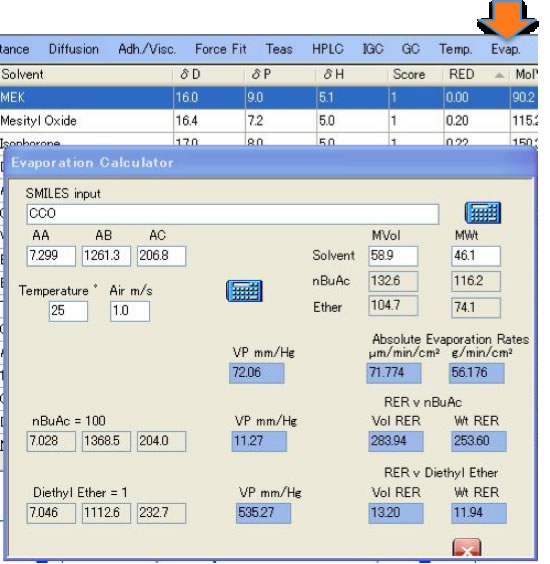

After a concentration step, isolation of other materials and cleanup with different techniques, depending on the matrix (liquid, liquid with particles, solid), is carried out. The analysis sequence for environmental matrices starts with sampling to provide a representative, sufficient, and well-preserved sample (refrigerator, formaldehyde, glass vessel, etc.). Prieto-Blanco, in Encyclopedia of Analytical Science (Second Edition), 2005 Environmental Analysis It has been found along with gypsum in volcanic craters, and in some soils and peat deposits. Natural bassanite is rare, and nearly always forms as a product of alteration of gypsum. Gypsum is also found in volcanic regions along with native sulphur where it forms by the reaction of sulphur-bearing fluids and gases with calcium-bearing rocks. Along with jarosite and goethite, gypsum is one of the products formed by the oxidation of iron sulphide (pyrite).

Some geological evidence suggests that the original material of certain gypsum beds was anhydrite this is supported by the fact that some gypsum beds grade into anhydrite at depth. The calcium sulphate formed in evaporates is sometimes gypsum, sometimes anhydrite, and often both minerals occur together. Percolating waters, which in dry seasons are drawn to the surface by capillary action, can evaporate and crystallize gypsum, sometimes in the form described as ‘desert roses’. Gypsum also occurs in soils either as disseminated crystals or in horizons beneath calcrete layers.

The experimental evaporation of seawater results in the crystal deposition sequence: calcium carbonate – calcium sulphate – sodium chloride – sulphates/chlorides of magnesium – sodium bromide/potassium chloride. Seawater contains about 3.5% dissolved material, of which 80% is sodium chloride and about 4% is dissolved calcium sulphate. Gypsum is also one of the products of the reaction of acid sulphate solutions with carbonate rocks. Gypsum can form by the direct evaporation of brine, by hydration of anhydrite and by oxidation of sulphides. Gypsum occurs mainly as sedimentary deposits associated with limestones and shales and in evaporite deposits. Cressey, in Encyclopedia of Geology, 2005 Occurrence of Gypsum According to their result the phase morphology is similar between a single metal source of zirconia and reactive deposition of yttria and zirconia source samples. Their model is based on the vapor pressures of each individual evaporation source. Metal oxide coatings were then produced by adding oxygen to the carrier gas. In this approach, in order to make the deposition uniform, transonic helium carrier gas was used with the e-beam to transport metal vapor to a substrate. studied the single and multiple source effect on metal oxide coatings (CeO 2, ZrO 2, Y 2O 3) by e-beam directed vapor deposition (DVD). The presence of a ‘plasma’ in the ARE process influences the reaction kinetics by providing activation energy to the reactive species, thereby making it possible to synthesize compound films at considerably higher rates and lower temperatures. This limitation of deposition rate in the case of the reactive evaporation process is due to the reaction kinetics of the compound formation by this process. In such cases, stoichiometric TiC films could only be deposited at very low rates (∼ 1.5 Å/s max.). It is also observed in some cases, especially in the synthesis of carbide films, that the deposition rate becomes a limiting factor governing the growth of the films. Though this technique has been extensively used to deposit a variety of oxide films for optical applications, it is generally observed that the films are deficient in oxygen. The difficulties involved in direct evaporation processes due to fragmentation of the vaporized compounds are overcome in reactive evaporation where a metal is evaporated in the presence of the reactive gas the compound is formed by reaction of the evaporated metal species with the molecules of the reactive gas. Bakhtyar Ali, in Handbook of Deposition Technologies for Films and Coatings (Third Edition), 2010 4.8.4.2 Reactive Evaporation


 0 kommentar(er)
0 kommentar(er)
